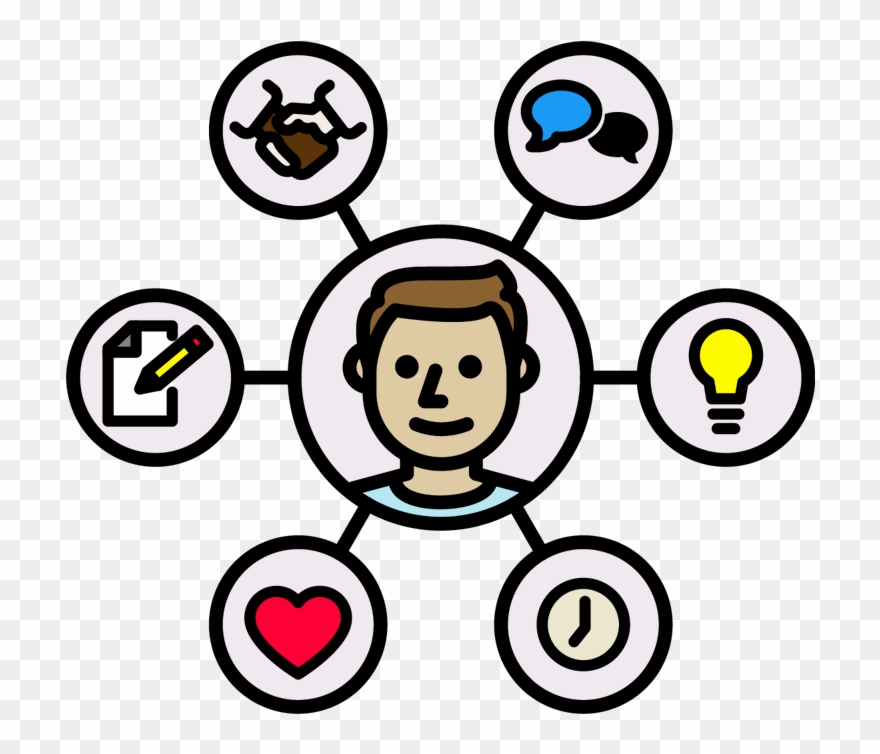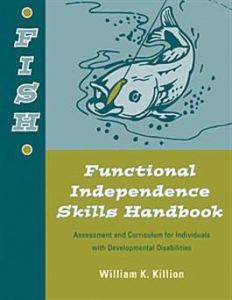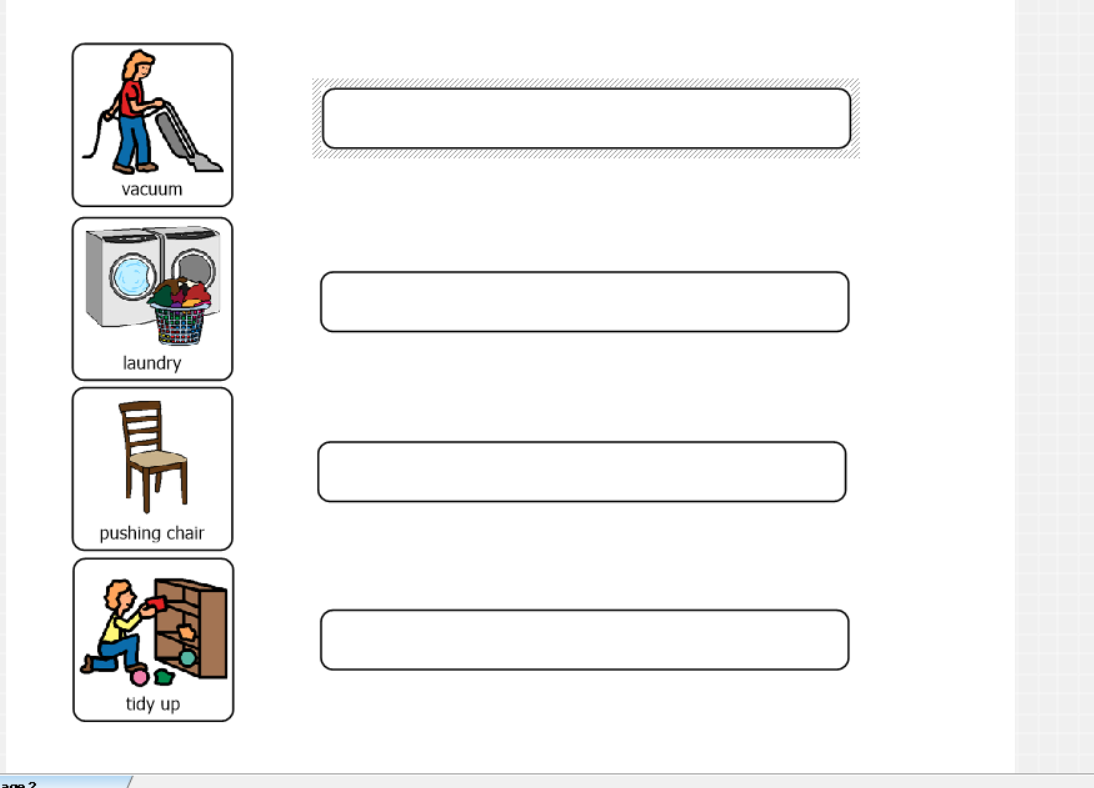Life skills are a broad topic to teach students. They can range from communication, safety, meal prep to managing money. Throughout our week, life skills are integrated into many activities we do. Our life skills program also changes as the need arises. We added a section in our life skills program about menstruation after our girls begun to get their period and we also added safety conversations after we learned about incidents at home and in the community.
Some common books to get you started with life skills program design and assessment are the FISH (Functional Independence Skills Handbook) and the Carolina Curriculum.
After connecting with parents early in the year about some life skills goals they had for their children, we developed a little 20 minute life skills time after lunch each day that looks like this:
Each student is assigned a life skill for two weeks. The assignment chart looks like this:
Each staff member is assigned two students to train in their life skill. The goal over the course of the two weeks is to move the student as close to independence as possible. Below is a portion of our assessment chart that helps us focus on where our students need assistance. We may start with verbal and gestural prompts earlier in the process but by the end of their time on their assignment the need for prompts is reduced.
The goal of this life skills time is to have the student be contributing members of their family and the classroom. We have heard from many parents who are seeing the impact at home with students taking over responsibility of their own living space and helping with the care of shared space. My students feel good when they know that they have achieved a level of independence.







Hey, this is really a nice post. Keep writing good content.